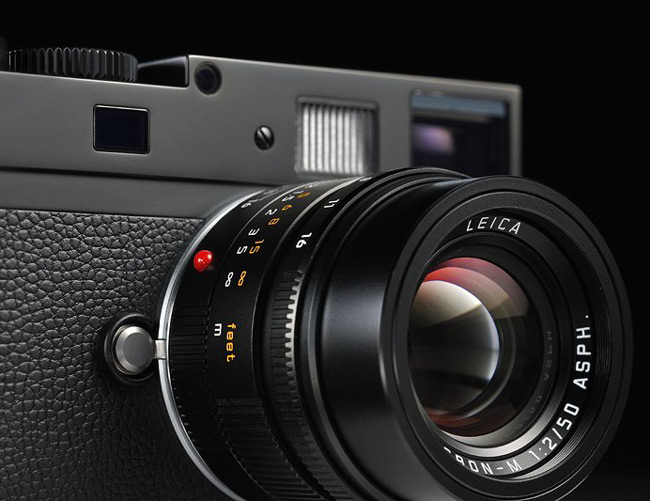I’ll always remember my high school photography class for two reasons: I was the only boy in the class, and I was the only student to shoot assignments using a point-and-shoot. While the rest of the group had purchased DSLRs before enrolling, I clung to my Panasonic by its tiny wrist strap because I wasn’t ready to make the $1,000 investment an upgrade required. And while it was the stacks of National Geographics that my mom had collected which excited my original impulse toward picture-taking and brought me into the class, it was the adventure photographers on Instagram who inspired me to buy a better camera years later.
I researched that purchase for months before landing on a shooter — Sony’s mirrorless a6000 — and a small collection of accessories to compliment it. But there was still one item that paralyzed my decision-making: the strap. Almost all cameras will come with a strap in the box, but these are often flimsy afterthoughts and to be frank, they’re plain ugly. I like Sony, but I don’t necessarily want to wear its logo as a collar every time I’m out with my camera.
Because a strap is as low-tech as it gets compared to other camera accessories, it opens up a world of personalization. Camera straps can be wide or narrow, leather or webbing, plain or patterned. I was drawn toward straps that fall into two different buckets — the markedly outdoorsy paracord strap and the plain yet useful webbing strap. My only problem was that I held issue with both.
The paracord option seemed more lighthearted and spoke to many of my hobbies, but I didn’t want an outdoorsy image to convert me into an archetype. On the other hand, many of the webbing straps I found were too wide and seatbelt-like. I was stuck.
Then, like a tech-obsessed Goldilocks, I found it: Peak Design’s Leash camera strap. There isn’t much visual appeal to the Leash. Its materials don’t emphasize climbing or even photography, really — it’s just a conventional piece of narrow (three-quarters of an inch) webbing, which unbeknownst to me, was exactly what I was looking for.
It wasn’t just aesthetics that drew me to the Leash though — the unassuming strap boasts what are possibly the best design features of any available, starting with what Peak Design calls anchors. These are small, circular discs with loops of cord that act as intermediary mounting points between the strap and the camera body. They form the basis of Peak Design’s product ecosystem, and once girth hitched in place, you can leave them there and swap out between neck straps, wrist cuffs and more. It’s one of those “no-duh” ideas you wish you’d thought of yourself.
The Leash also utilizes easily-slidable hardware for length adjustment that can be operated with one hand. That may be a small detail, but with something as basic yet essential as a camera strap, it’s often the small details that create the most significant impact. Not so little is the strap’s ability to support 200 pounds of weight — a fact that’s ridiculously superlative given my current camera setup, but who knows, maybe it’ll save my life someday.
Peak Design recently redesigned the Leash and its anchor point system to be even better, and I made the gratuitous upgrade almost immediately. I’ve been caught in Peak Design’s tractor beam, and my credit card seems to have developed the Pavlovian response of exiting its sheath in my wallet to jump into my hand any time the brand announces something new. My growing collection of cameras is grateful for it though.
Many digital cameras have monochrome modes, but they’re not as good at capturing true blacks and whites — here’s why. Read the Story





